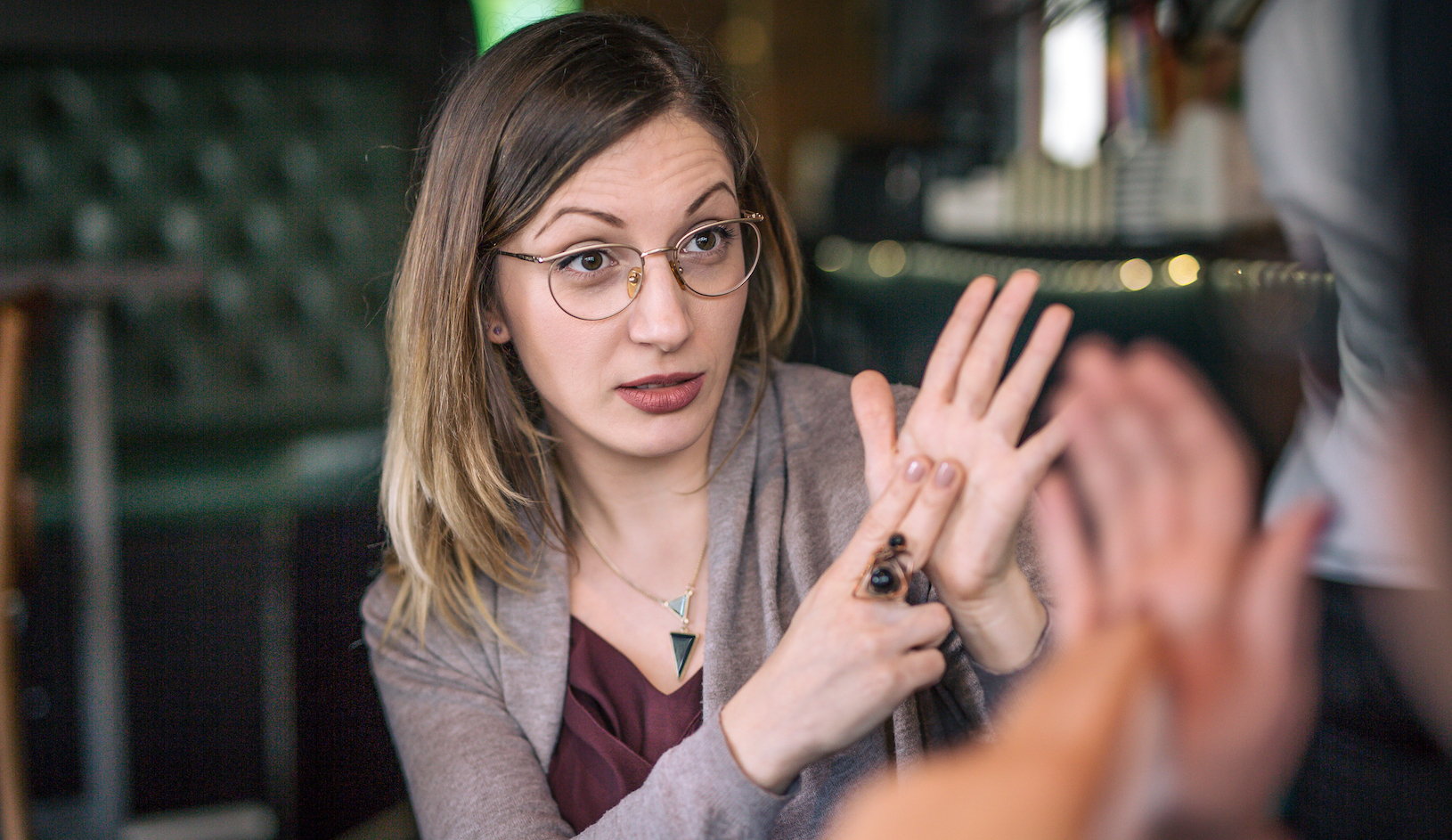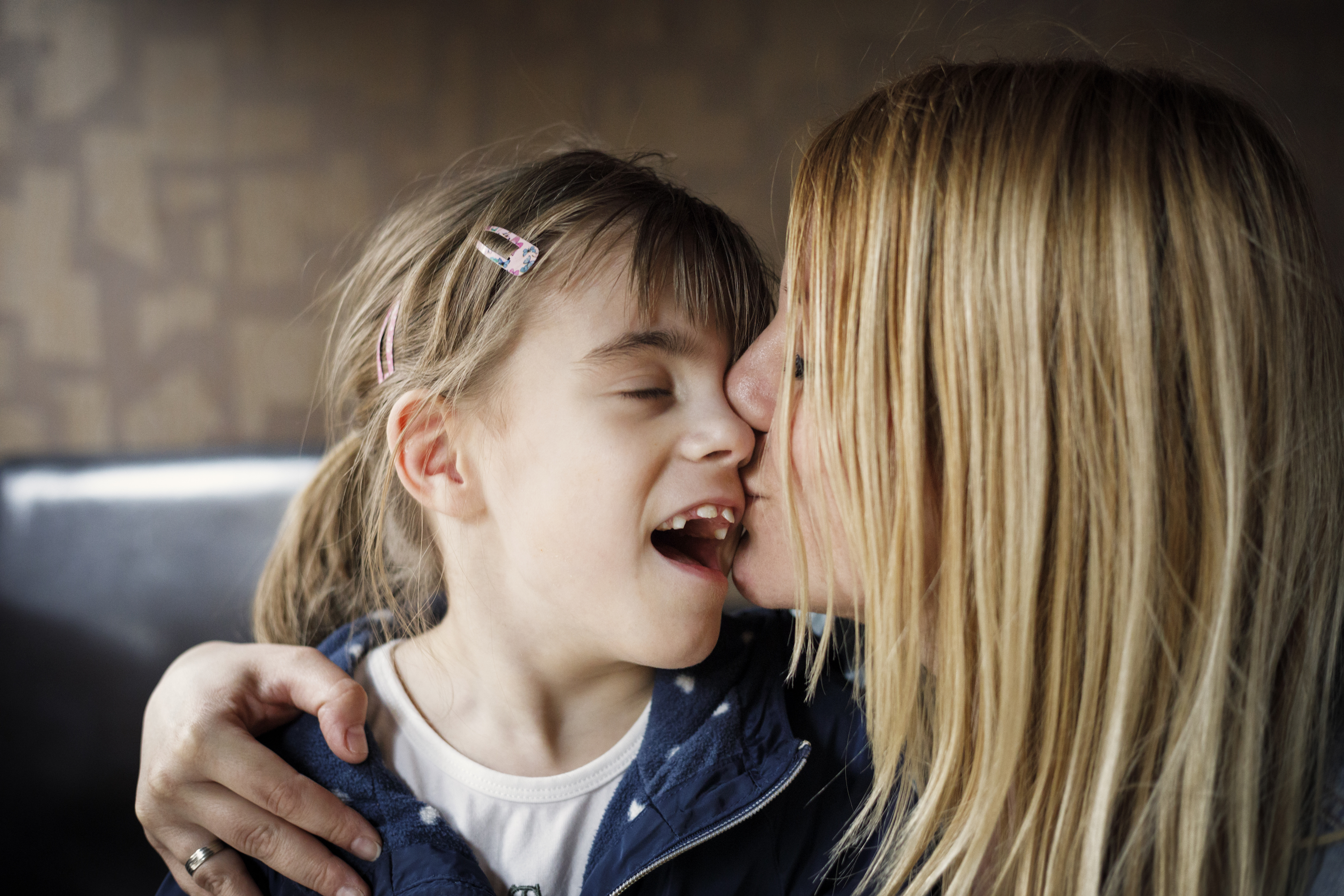
Health & Medicine
Making disability support work across real lives

New study suggests we’ve made only mixed progress in improving the lives of people with disabilities, underscoring the need for better data and monitoring
Published 10 February 2019
Improving the lives of people living with disabilities has never been as high a priority for government as it is now. So the gap in terms of discrimination and disadvantage that Australians with disabilities experience in comparison to other Australians must be narrowing, right?
Maybe not.

Our new study at the Centre of Research Excellence in Disability and Health found that, apart from in a couple of outcome areas like health and safety, the relative disadvantages experienced by working-age Australians with disabilities are persisting, and for some, outcomes are getting worse – they are falling further behind.
In 2008, Australia ratified the UN Convention on the Rights of Persons with Disabilities, undertaking an international obligation to realise the rights of people with disabilities and eliminate discrimination. In 2011 the National Disability Strategy was launched to achieve ‘an inclusive Australian society that enables people with disability to fulfil their potential as equal citizens’. In 2013, the National Disability Insurance Scheme (NDIS) Act was passed and the roll-out of the scheme began in 2016.

Health & Medicine
Making disability support work across real lives
But how do we know whether major government initiatives like these are actually delivering real, meaningful change to improve people’s lives?
Using data from the annual Household, Income and Labour Dynamics in Australia (HILDA) Survey, we looked at trends in disadvantage for Australians with disabilities aged 15 to 64 years (working age), between 2001 and 2016. Over the sixteen-year period, on average, 21% of working-age people had a disability.
We examined how people with disability fared in comparison with their non-disabled peers across twelve aspects of life. The results showed that, between 2001 and 2016 there was a narrowing of the gap between people with and without disability in only three areas: ‘Health’ (measured as self-rated health status), ‘Safety’ (measured as experience of physical assault in the previous 12 months), and household financial stress.

But the gap between people with and without disability actually increased for three of the indicators: ‘Close relationships’ (measured as people who report they don’t have anyone to confide in), ‘Learning and knowledge’ (measured as people with a vocational or higher education qualification), and ‘Opportunities’ (measured as people with a minimum Certificate III level skill or above, or employed in a skilled occupation).
These are particularly bleak looking results given the importance of relationships to mental health and the importance of education and skills to quality of life and future opportunity.

Health & Medicine
Disability, thoughts of suicide and Australian men
In the other areas – homelessness, employment, workforce participation, community involvement, sense of prosperity, and being engaged in helping others – there was no sign of catch-up.
As a society, we need to know whether the programs and initiatives our governments invest in really work. Good quality data are crucial. As well as the HILDA survey, many excellent sources of national data are available to inform debate and policy action. However, there is no mechanism in place for using these data to monitor progress on reducing inequities for people with disabilities.
In the National Disability Strategy 2010-2020, all Australian governments made a commitment to ‘a unified, national approach to improving the lives of people with disability’. The Strategy set out six areas of policy action and promised that a high-level report would be produced every two years ‘to track progress for people with disability at a national level’ in each of these areas. Regrettably, this reporting hasn’t occurred.

Without data, it is not possible to know whether initiatives such as the National Disability Strategy are really making a positive difference to people’s lives.
That is why we are developing a new monitoring framework and indicators to report baseline data and track change over time in health-related inequities for working-age Australians with disabilities. Crucially, people with lived experience of disability are having input.

Health & Medicine
Why all jobs aren’t equal for people with disabilities
This will ensure that all the health, social, economic and wellbeing issues that are important to people with disabilities are included. Regular reporting of data against the indicators will be valuable for focusing and informing public discussion, and showing where action is required to promote the health and flourishing of people with disabilitie
Without data, and without people with disabilities having input into the data, there is no accountability or ways of knowing if we are becoming a more equitable society for all Australians. We will be in danger of simply patting ourselves on the back for trying to improve people’s lives, rather than actually improving them.
The Centre of Research Excellence in Disability and Health is an NHMRC-funded, interdisciplinary research initiative that aims to build knowledge and gather the evidence needed to guide social and health policy reform for people with disabilities in Australia. The full ‘A fair go?’ report is available here.
Banner Image: Getty Images